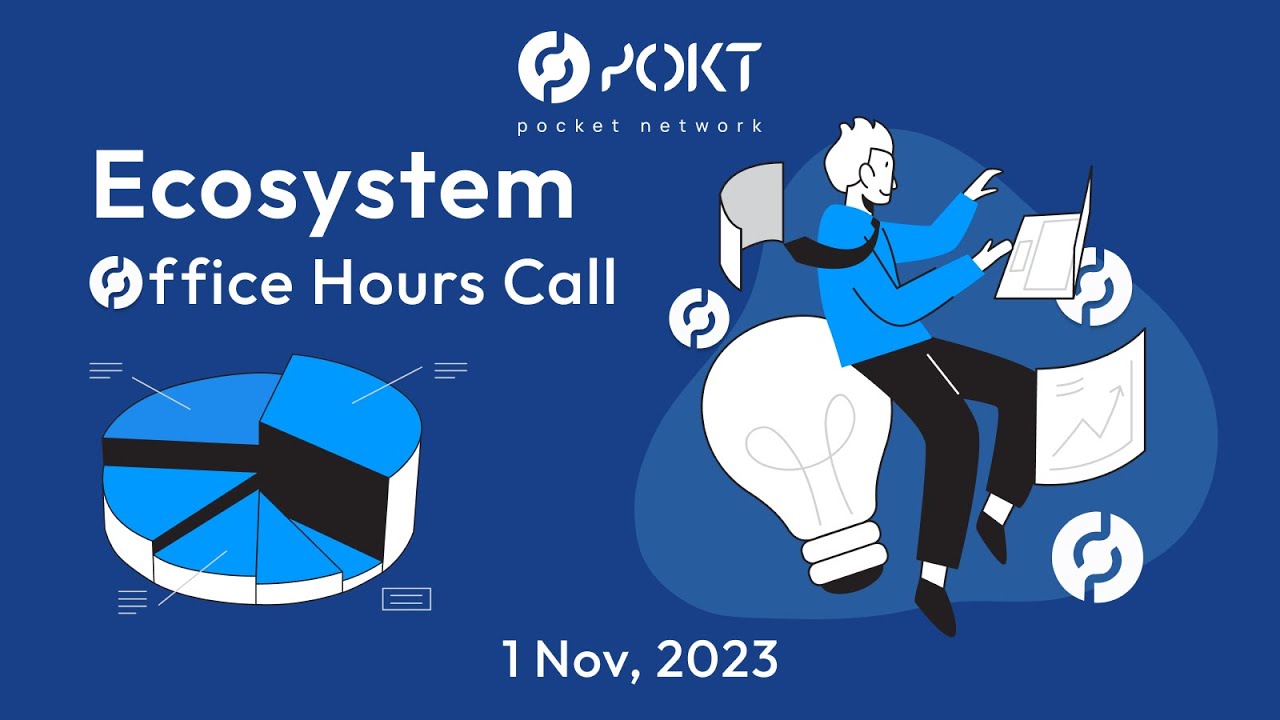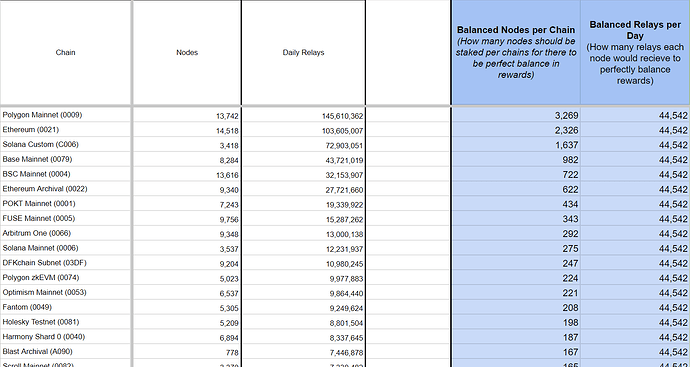- Author(s): @shane
- Parameter:
MaximumChains - Current Value:
15 - New Value:
1(progressively)
“Let’s Go Shannon” Initiative Summary
Shannon is a major catalyst for network growth, and we want to set up the ecosystem for success. Two areas within Morse that we can improve through parameter changes is making making it possible for new node specialists to joint the POKT ecosystem and incentivizing Sources to partner with Gateway.
“Let’s Go Shannon” puts these in motion by:
- Reducing MaxChains from 15 to 1
- Increasing DAO rewards to enable Source rewards
These will not only ease the transition to Shannon but also directly benefit the current Morse phase. Let’s not go with the status quo…“Let’s Go Shannon” and embrace the new strategies it will fully unlock.
GANDALF 2.0 Summary
GANDALF 2.0 is about progressively changing MaxChains from it’s current value of 15 to 1. Between the original GANDALF Pre-Proposal, community discussion, and Shannon economic research, we are at a place where we should begin this transition and open the POKT ecosystem up more node specialists from other communities.
Motives
- Allows new nodes to join POKT by only running 1 chain, instead of 15.
- Enables POKT to be attractive to node specialists from other chains
- Allow Gateways to bootstrap new chains with node runners in those existing communities
- Reduce the chain infrastructure cost for small to medium node runners
- Allow large providers to work out node distribution system
- Allow Gateways to optimize QoS in Sessions from new distribution from Suppliers
Abstract
About MaxChains
MaxChains parameter can be seen as “how many chains a POKT node has to run to generate network average”. With it currently set to 15, it means a single POKT node has to run 15 chains for network average rewards. The result is that the only ones who can generate network average rewards are those with significant infrastructure resources.
This doesn’t have to be the case though. By changing MaxChains to 1, anyone can generate network average rewards with a single chain nodes. This starts making POKT more attractive to node runners from other communities, since they can just focus on the chain they specialize in, instead of also having to pay for and run 14 other chains. MaxChains to 1 enables POKT to be significantly more decentralized.
BenVan explained it best:
The Supplier economics of today vs what we want in Shannon:
To evaluate the impact of different MaxChain parameters, you can check out the GANDALF 2.0 spreadsheet. Click on the GANDALF sheet and change A2 to see how node distribution would look across the network when balanced.
Implementation
To help the network find balance with node distribution, this proposal is about enabling PNF to progressively reduce MaxChains with the final goal being 1. This will allow providers to progressively distribute their nodes across the network in an incremental fashion. The initial target steps are 15 → 8 → 3 → 1.
Process:
- PNF will provide a node distribution guide to assist providers in finding efficient balance when distributing large number of nodes to fewer chains.
- PNF will announce the first date time of the first target step. This announcement will have at least 14 days of notice to allow providers to prepare.
- After enacting the change, PNF will evaluate network health and assess if any other coordination with providers is required.
- PNF will then announce next date and time of the next target step. This announcement will always provide at least 2 business days for provider to prepare.
- Repeat #3 and #4 until MaxChains is set to
1.
This process will enable PNF to assist the ecosystem in the transition itself. Once this process is complete, POKT’s current providers would have become familiar with balancing large number of nodes across different chains, and POKT’s Supplier ecosystem will have more competitive node economics for new node runners.
Dissenting Opinions
We should wait until Shannon for MaxChains to change.
Waiting does not provide a direct benefit to the POKT ecosystem. Keeping MaxChains at 15 prevents growth in the Supplier ecosystem.
Waiting would also increase migration risks during the Morse to Shannon migration. It would be prudent to allow gateways and providers to work on this transition now.



